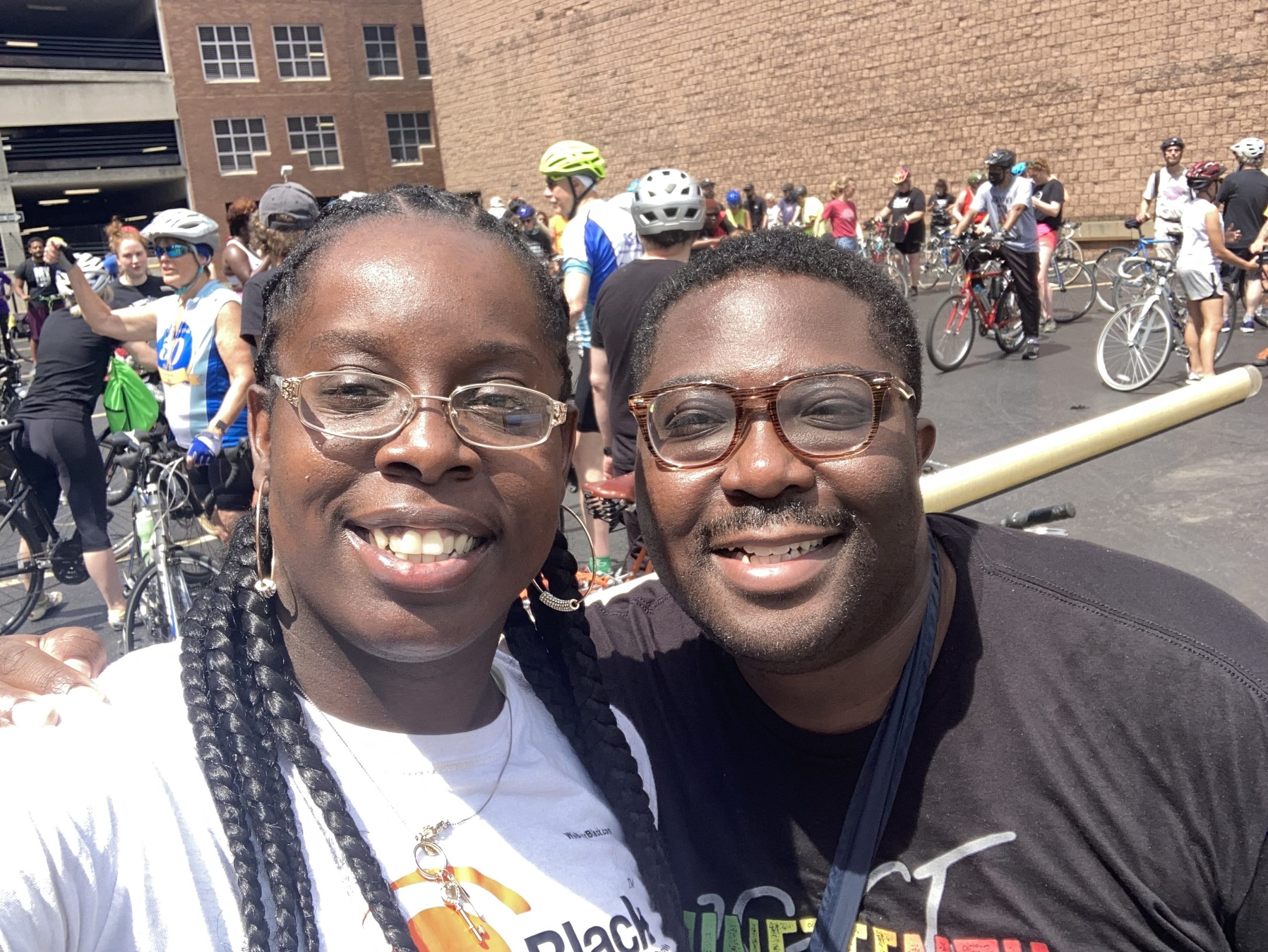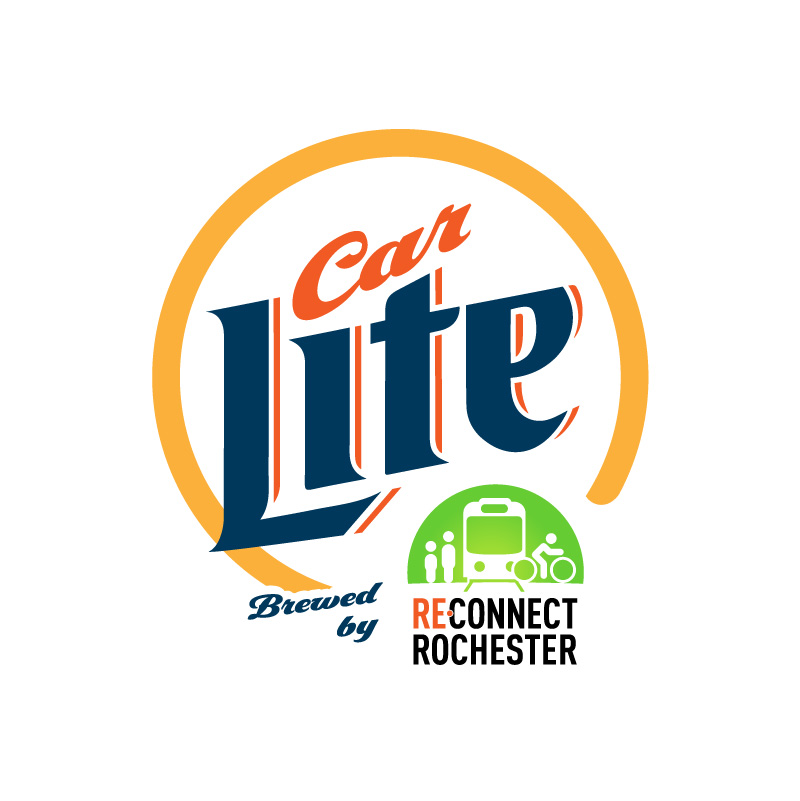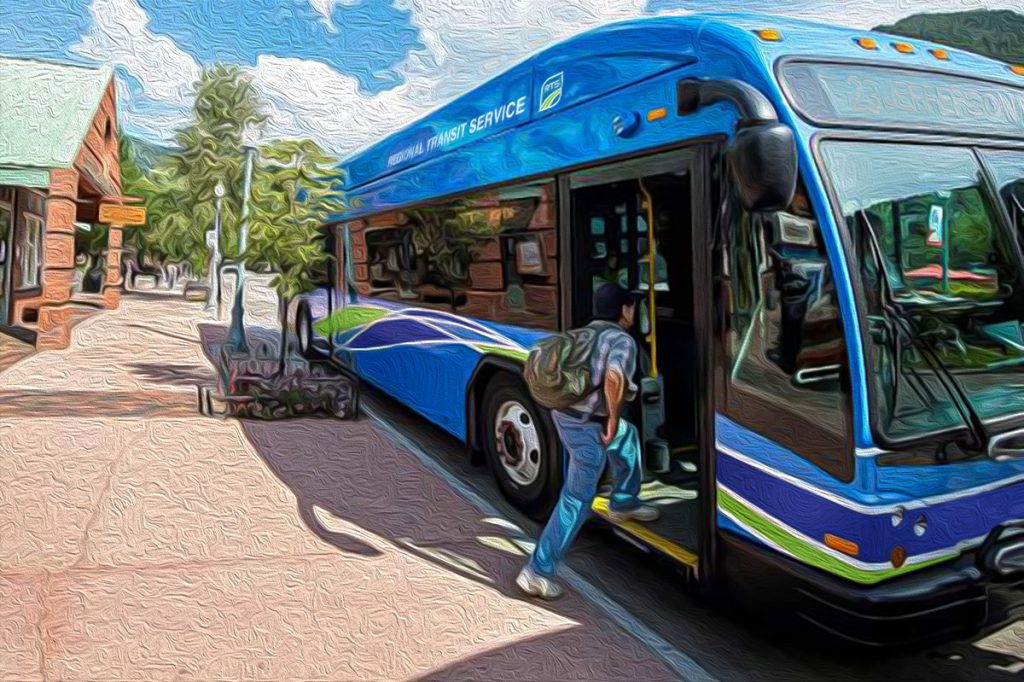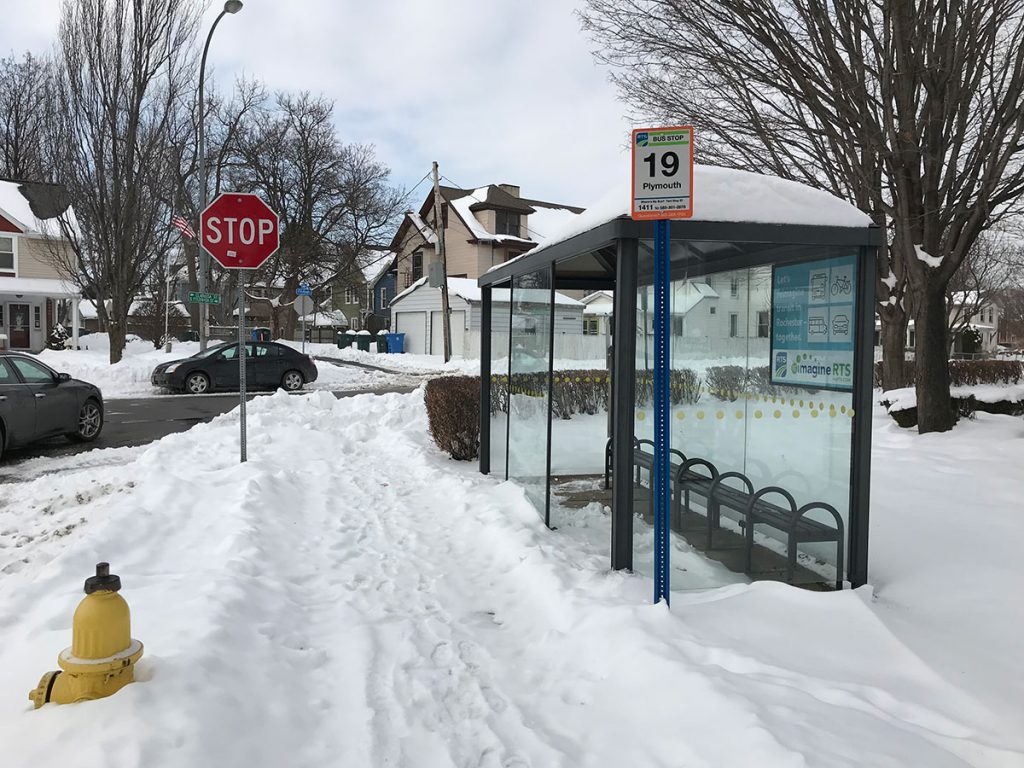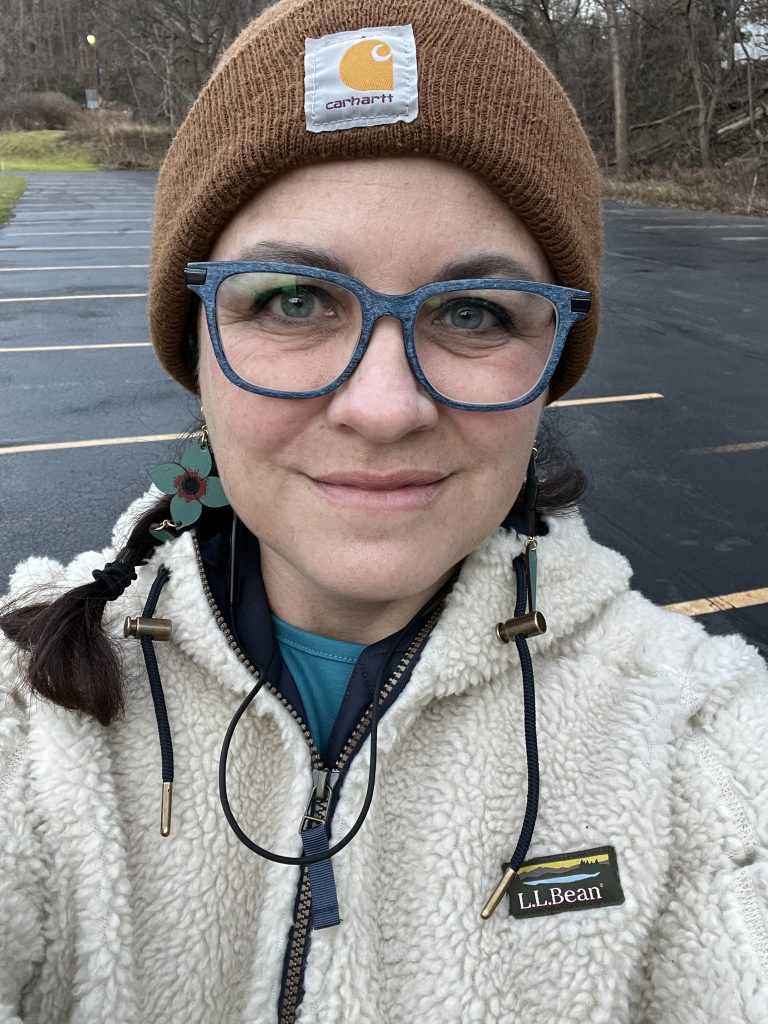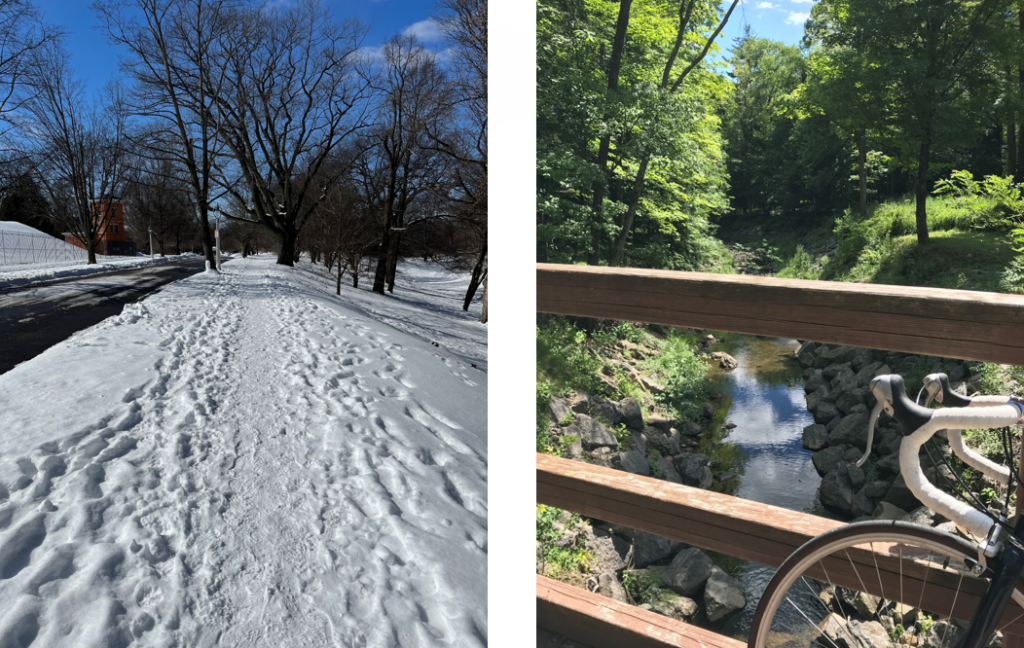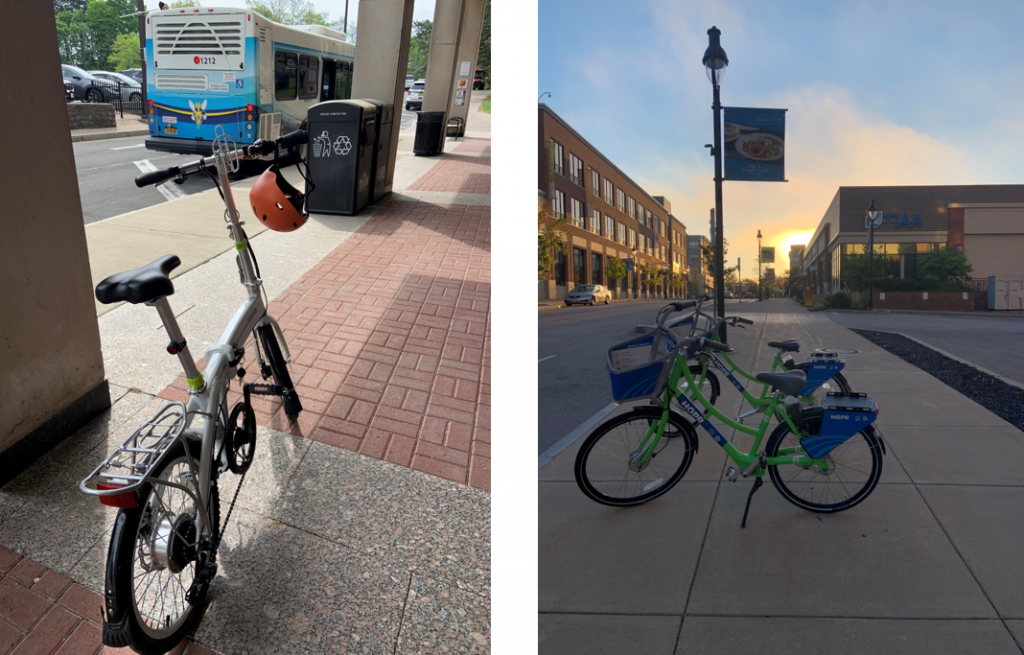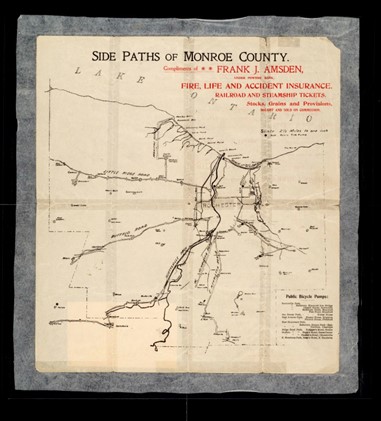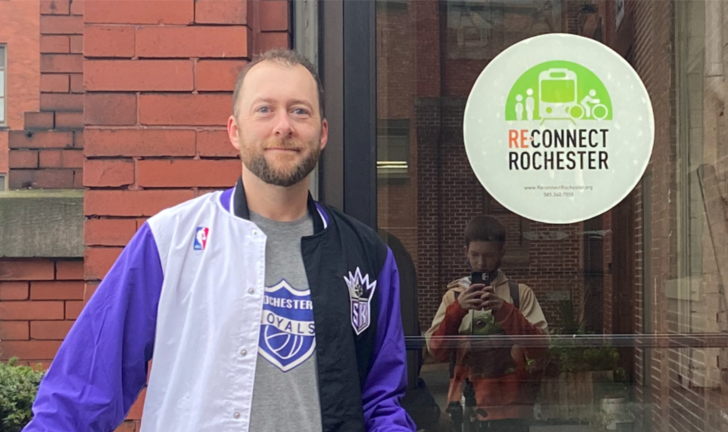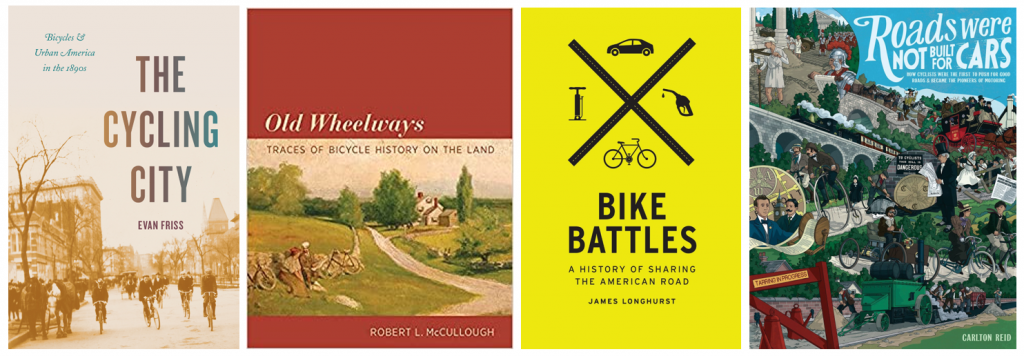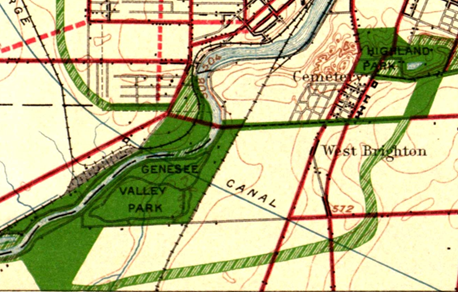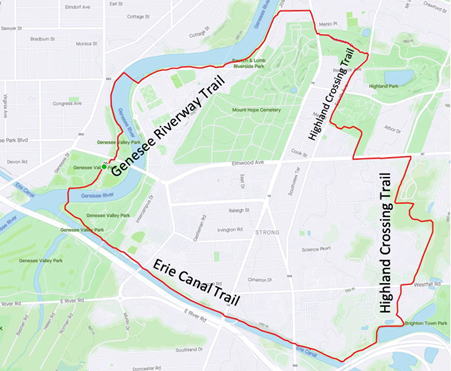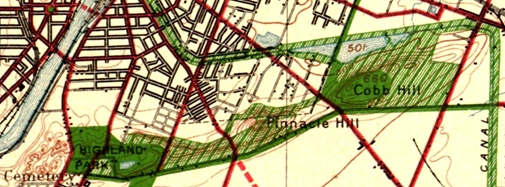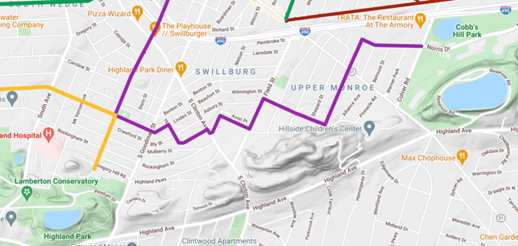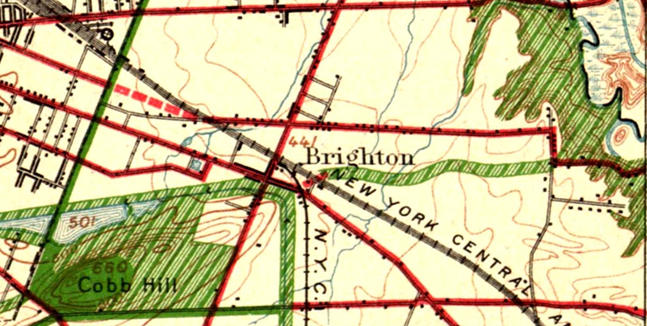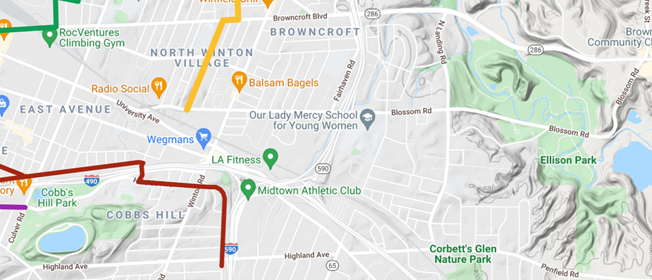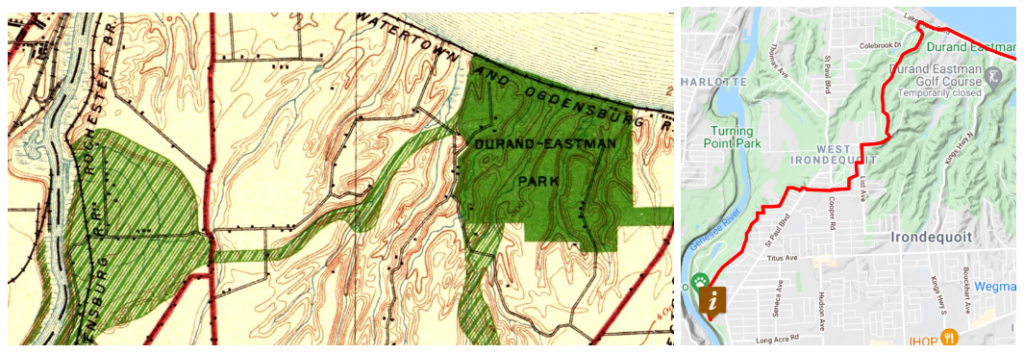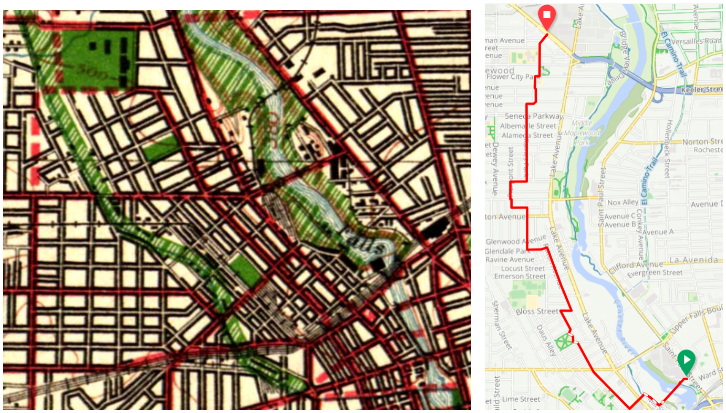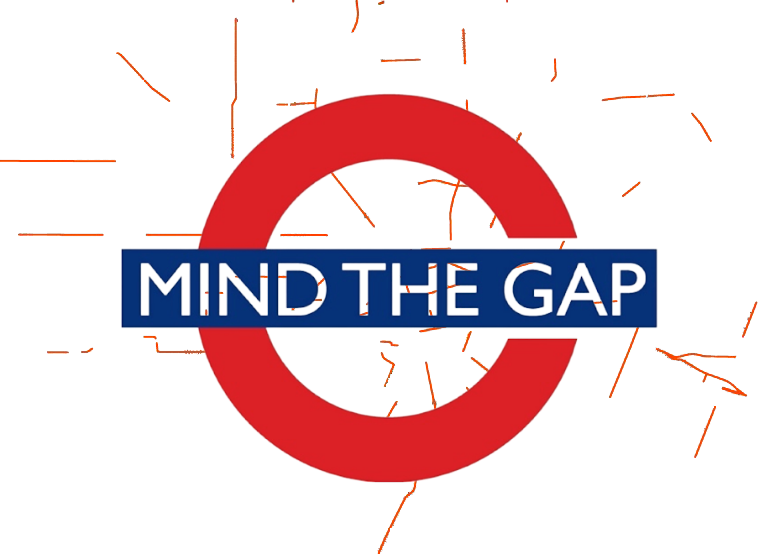Car Lite Rochester is a blog series that highlights the stories of Rochesterians living a car-lite lifestyle. The term “car lite” encompasses a variety of multimodal transportation lifestyles, featuring little dependence (but not NO dependence) on a car. It typically looks like sharing one car within a household or only using a car when absolutely necessary.
So, we hope you’ll continue to follow along. Maybe you will be inspired to join our bloggers in living a car-lite lifestyle!
Wanna rep it? Check out the t-shirt in our online shop.
Car Lite Rochester: From Car-Free to Car-Lite, Three Years Later
By: Calvin Eaton
Calvin Eaton is a disabled scholar, author, cultural curator, content creator, and social entrepreneur. He founded the theglutenfreechef brand and website in 2013 and founded 540WMain, Inc. in 2016.
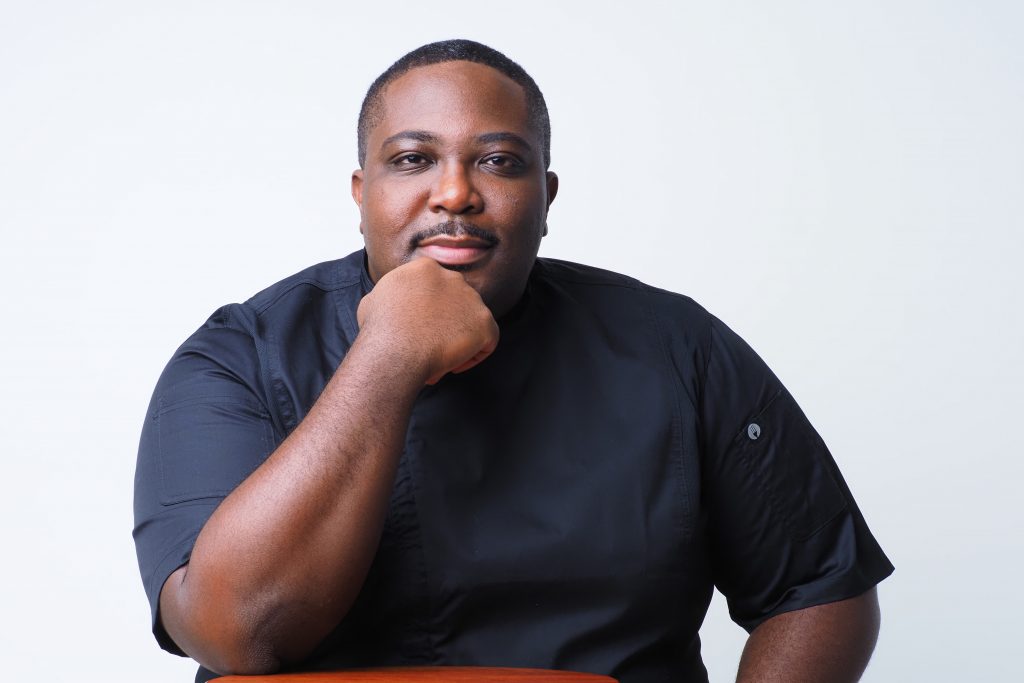
Whew! It’s been a long time since I last checked in! Can you believe it’s been three years since my last blog with Reconnect Rochester? And what a time we’ve had in three years. We’ve survived an incessant global pandemic and I’ve survived two bouts of COVID-19, vaccinations, boosters, masks, and so much more. With so much change you would think we would be closer to realizing neighborhoods and streets that are more universally designed, pedestrian friendly, and less reliant on the all-powerful automobile. This is hardly the case. So much has changed yet when it comes to a culture that is less reliant on cars so much has remained the same. Still it’s not all doom and gloom. There’ve been lots of positive changes in the realm of more bicycle and pedestrian friendly infrastructure in recent years. Before I dive into that let me update you on what’s been happening with me.
New Bike, New Me
I got a new bike in 2021. Actually, a very kind friend gifted me a brand new bike. It was a complete surprise and I am forever grateful. After what seems like decades of lamenting about how I needed to get a bike, I just wasn’t making it a priority. One day in early summer 2021 I reached out to my Facebook community to ask if anyone had recommendations for a decent used bike and next thing I knew I received a brand new bike on my doorstep. What a thoughtful and amazing gift. I was able to test out my new bike just in time for the 2021 edition of the Juneteenth Roc Freedom Ride through Rochester. Tapping into the robust bike community and the dedicated bike trails has been key for me since I still don’t always feel comfortable riding my bike solo on the city streets. Even though fibromyalgia prevents me from cycling as much as I would like, having my new wheels has been amazing.
Rochester’s affinity based cycling communities have grown throughout the pandemic. These communities are important to me because they break down the stereotypes and bias that Black people don’t bike or can’t bike. Amazing transformative leaders like Rashad Smith and the Roc Freedom Ride initiative are a beautiful homage to the bus desegregation movement of the 1960s and parallel the modern day desegregation of “cycling culture” in Rochester and other cities around the country. Cycling culture in Rochester like most cities looks very homogenous (i.e white) and groups like Roc Freedom Riders, Black Girls Do Bike, Conkey Cruisers, and the Flower City Feeling Good bike rides are some of the initiatives that have grown over the past few years that diversify and bring equity and inclusion to cycling culture in Rochester. This work is priceless. Despite this progress, bike legislation and biased enforcement has led to over policing, racial profiling and pretext stops for Black and brown cyclists. Group bike rides provide a measure of support and safety for those of us that are new to cycling as a regular form of transportation.
Car-Free to Car-Lite
In my last blog I shared my journey to a car-free lifestyle and three years later I’ve migrated from car-free to car-lite. The short story version is that during the pandemic my brother purchased a used car from Geva’s fleet of cars for performers and then gifted the car to me. It all happened very quickly but I do remember needing a week or two to think about the implications of bringing a car back into my life. This was at the top of 2021 and at the time I was teaching as an adjunct at St. John Fisher University and we were migrating back to in-person learning. After three years of being car-free, having access to my own vehicle again didn’t seem like a bad idea.
My final decision came down to convenience. Even with the many improvements to bicycle infrastructure, and the reimagine RTS initiative I would be being disingenuous if I didn’t admit that having a car is simply more convenient in our city. Owning and maintaining a car is a privilege, this I must admit. Getting reacclimated to car life and taking care of the administrative details like registration, insurance, and transferring the title was relatively easy for me to do and I recognize this immense privilege. As someone living with a disability my lifestyle lends itself to far less driving than the average car owner. Due to the disability that I live with, each month my car sits idle in the driveway for multiple consecutive days. More often than not, I don’t have the stamina or energy to drive. The majority of my work happens online and I hold many meetings remotely via zoom. Even on my good days having a car for me isn’t essential. Understanding this privilege I recently was able to loan my car to a car-free friend who was taking a road trip for a couple of days.
For me having a car during the cold winter months is most helpful. And I notice and advocate for improvements in how our streets and sidewalks are plowed during the winter months. Anyone that uses a wheelchair or power chair is figuratively and literally stuck when the snow starts to accumulate, and this is simply unacceptable. There remains much work to be done in this regard.
Transportation Justice is an Ongoing Movement
Despite my return to life with a car, I remain an active and vocal advocate for safe streets, increased and improved bicycle infrastructure, and better accessibility for our roads, public transportation and the built environment for disabled people. My journey has taught me to have more compassion and empathy for everyone’s choice to own a car or not and to spend less time making moral judgements about people’s decisions and more time advocating for a city that includes all perspectives and voices. There have been lots of additions that allow more transportation choice in our City like the HOPR bike and scooter share, bike clubs, electric vehicle sharing, renovations to the RTS station, road diets, improvement along East and West Main streets, and the advocacy and education presented by Reconnect Rochester. Still we have so much work to do to reimagine and redesign our city to be more pedestrian safe and friendly.


